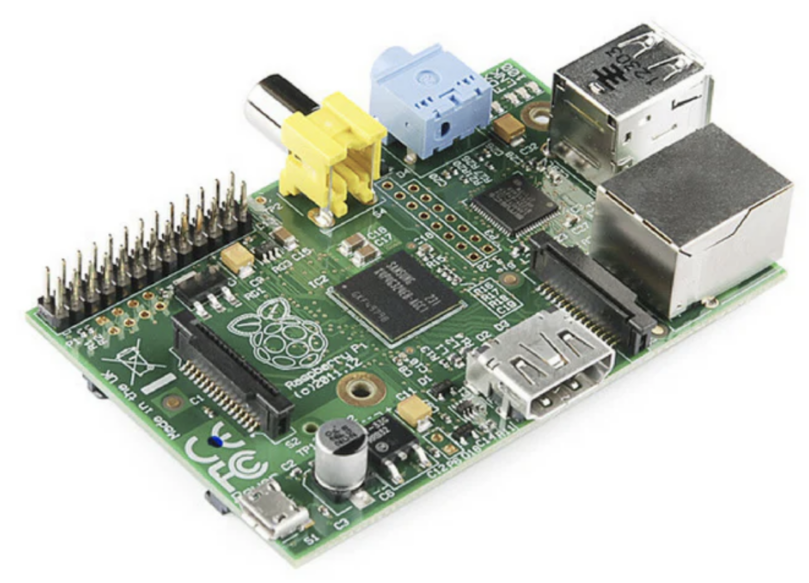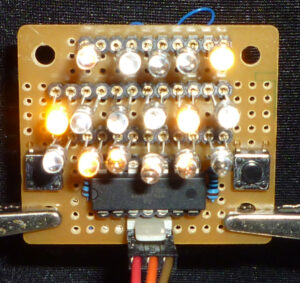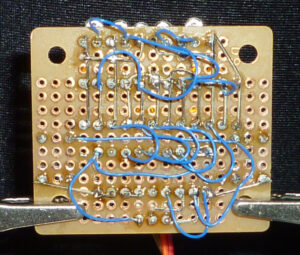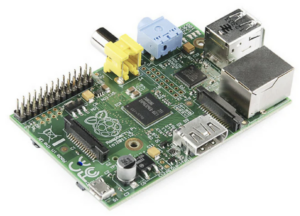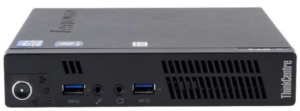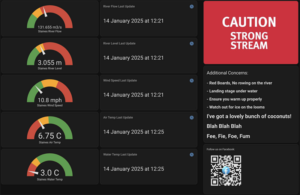I bought my first Arduino back in about 2011 around the same time as I was building my first 3D printer.
The controller for that 3D Printer was a Sanguinololu board which is based on an ATmega644p, the big brother of the ATmega328p used on the various Arduino boards.
This gave me exposure to single board computers with large numbers of I/O pins and embedded programming.
The Arduino Uno board itself can be a pain to work with as the pins are not spaced apart using the standard 1/4″ pitch between the two main sets of pins, this was blatantly a design decision to allow for selling proprietary shields at hugely marked up prices.
I have a number of projects on my Electronics Blog that make use of these chips, most don’t use an actual Arduino board of any kind, the only one that does is the additional controller for my C02 Laser Cutter, shown in this post.
The main reason for using an actual Arduino Uno for this one being the use of a couple of dedicated shields for the display and I/O breakout.
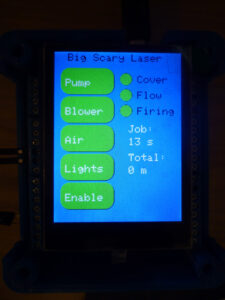 Most of my projects make use of a bespoke board, with the smallest chip capable of doing the job, attached to it – my Binary clock being a prime example (it runs off any 5V supply, usually a USB cable):
Most of my projects make use of a bespoke board, with the smallest chip capable of doing the job, attached to it – my Binary clock being a prime example (it runs off any 5V supply, usually a USB cable):
This uses an ATtiny44 14 pin chip to control 17 x LEDs on a custom soldered perf board.
I love the Arduino family, the clone Pro Mini and Nano boards can be had for around £3.00 each on Ebay, the raw chips for even less, usually less than £1.00, which makes for some very cheap projects, where the total component cost is less than that of a cappuccino from a local coffee shop.
I bought my first Raspberry Pi back in 2013, this was a Type 1 Model B, These were all the rage at the time, so I decided to buy one for the exorbitant price of £21.60 from RS Components.
I had no idea what I was going to use it for, but I just had to have one.
I have tried to use it for various things over the years, but always ended up dropping it in favour of something else that was either smaller, cheaper, more performant, or a combination of all 3.
Ultimately I decided it was not powerful enough to do anything useful and overkill for any of my electronics projects.
I tried running one of my WordPress websites on it, but it was so slow as to be completely useless.
I could have bought a newer, faster Raspberry Pi, but the prices were going up and you never just need the Pi on its own, you also need some form of power supply, potentially a case, SD cards, cooling, adapter cables, etc, etc.
By the time I have bought the Pi, a Hat, SD card and some cables, I am looking at around £70-£80.00, that buys quite a lot on the second hand PC market.
I built my 8 node (now 12 nodes) Kubernetes cluster using Lenovo m92p 1l tiny/mini/micro servers from Ebay, for less than £45.00 a node, where each node has 16GB of RAM, an Intel i5-3470T 2.9GHz 4 core CPU, an Intel 128GB SSD and a power supply.
Each node cost less than a barebones Raspberry Pi 4 Model B with 4GB of RAM, and has way more compute power, memory and storage.
There is an argument that the Pi is smaller and would draw less power. The size argument is debatable, once you have added on all of the required peripherals and the power draw argument is marginal, the nodes draw around 12W at idle, so 144W for the entire 12 node cluster.
Even for single use scenarios I can’t justify using a Raspberry Pi: I wanted a ‘NUT‘ for monitoring the UPS in my loft, so decided to make use of a Wyse 3040 thin client that I purchased from Ebay for £18.00
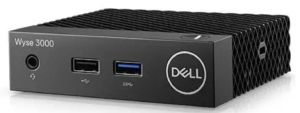 It has 2GB of RAM, 16GB of flash hard drive and an Intel Atom x5 Z-8350 4 core 1.44GHz CPU and can be powered by a cheap PoE converter direct from one of my switches and draws less than 4W at idle, again way cheaper and more performant than even the barebones 2GB Raspberry Pi 4 Model B.
It has 2GB of RAM, 16GB of flash hard drive and an Intel Atom x5 Z-8350 4 core 1.44GHz CPU and can be powered by a cheap PoE converter direct from one of my switches and draws less than 4W at idle, again way cheaper and more performant than even the barebones 2GB Raspberry Pi 4 Model B.
I have even used a pair of these as a Home Assistant server and kiosk display unit for displaying river conditions at my rowing club – £36.00 for the pair
Another area where something might be suitable for use on a Raspberry Pi are things like PiHole, Plex, a Minecraft server, or any other Docker containers I may want to run.
For these, I either spin them up on my Media server, add them to my Kubernetes cluster, or spin up a dedicated VM on my XCP-NG server that lives on my Dell R210 ii.
With the latest Raspberry Pi 5 costing £35.00 for a 2GB barebones model up to nearly £120.00 for a 16GB model, I really can’t see a use case for one.
They are not cheap enough for electronics projects – Arduino clones and ESP32 boards have that market sewn up at less than £3.00 a board for pretty much all you could ever need I/O wise and more than enough RAM and processing power for this arena.
Then at the ‘low end’ or small PC market, again they lose out to thin clients, tiny/mini/micro 1l servers, XCP-NG/Proxmox VMs, other second hand units or laptops that are way cheaper, more powerful and more expandable.
Even at the top end of their market, the 16GB model can’t compete with similar spec new Intel based devices for around the same price.
My second hand Dell R210 ii with a Pentium G620, 32GB RAM, iDRAC Enterprise, 146GB HDD and H200 Hardware Raid card only cost me £160.00 on Ebay, the 16GB Raspberry Pi 5 isn’t even in the same league as this server for a similar price (once useable – PSU, case, SD card, etc).
I have even thought about using one in a bartop MAME cabinet running RetroPie, but even then I can’t help thinking there is a more performant cheaper, similar sized alternative.
 No matter what use case I look at, the answer is always ‘something else’.
No matter what use case I look at, the answer is always ‘something else’.
I also have a Raspberry Pi Zero that I bought for £10.00, again I have yet to find a use. It might make a suitable ‘NUT‘ for less than the Wyse 3040 but since it has no onboard networking I would need the Raspberry Pi Zero W as the base model to gain Wi-Fi capabilities or an ethernet Hat for wired networking, at which point the Wyse 3040 still works out cheaper and more performant.
TL;DR – I have yet to find a viable use case for one.
